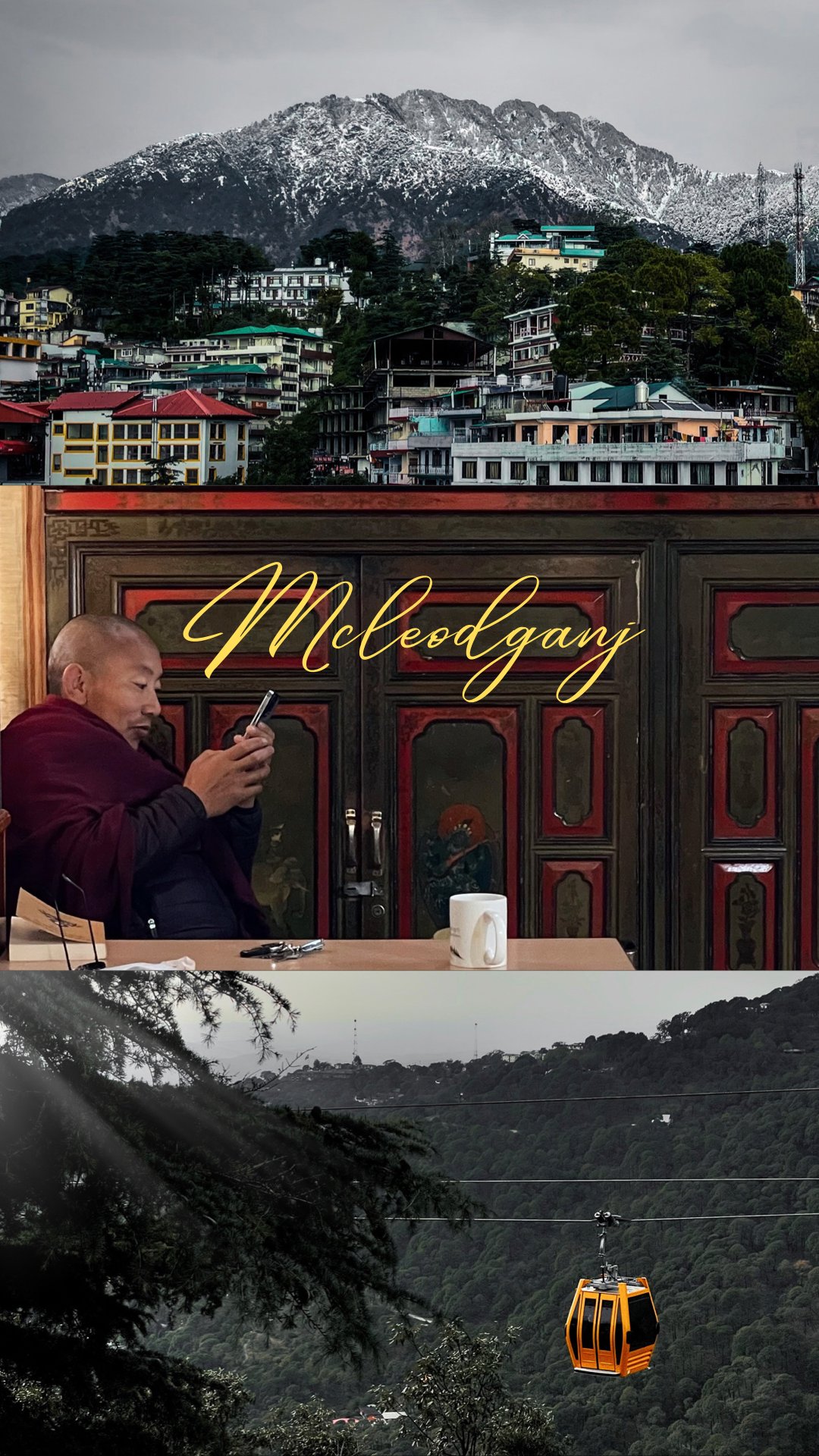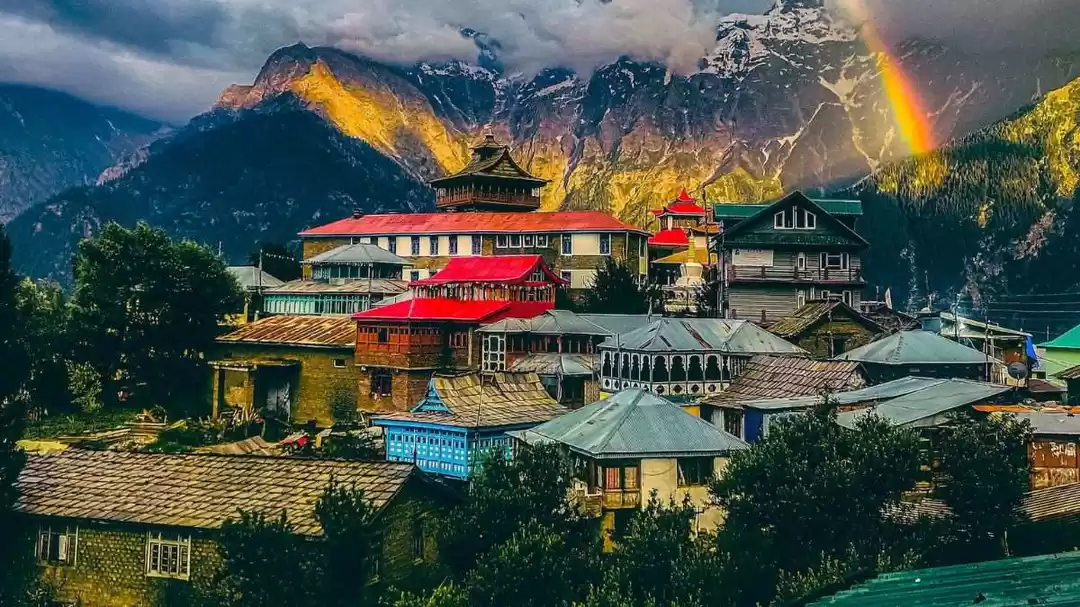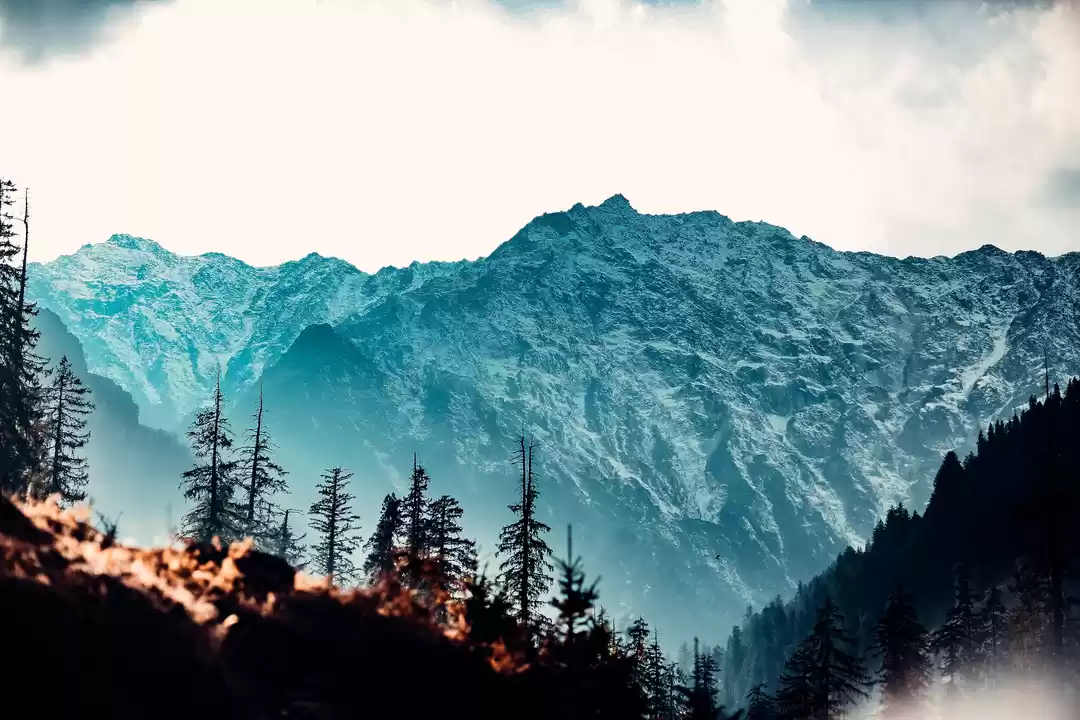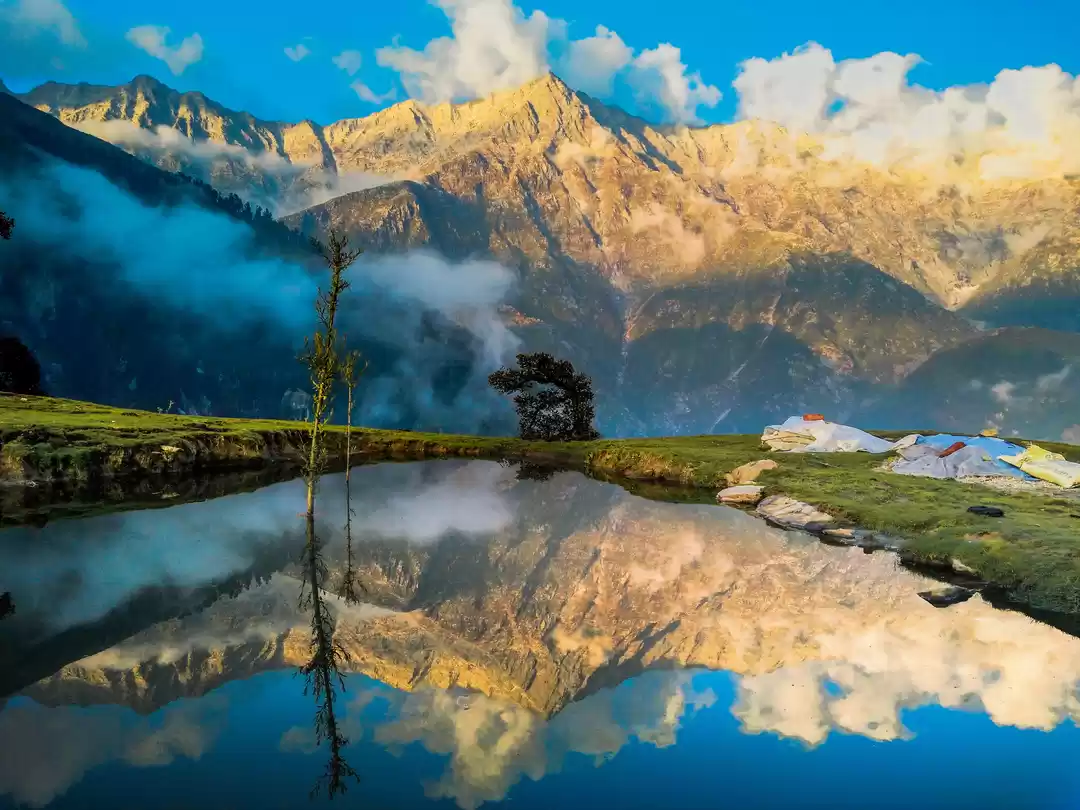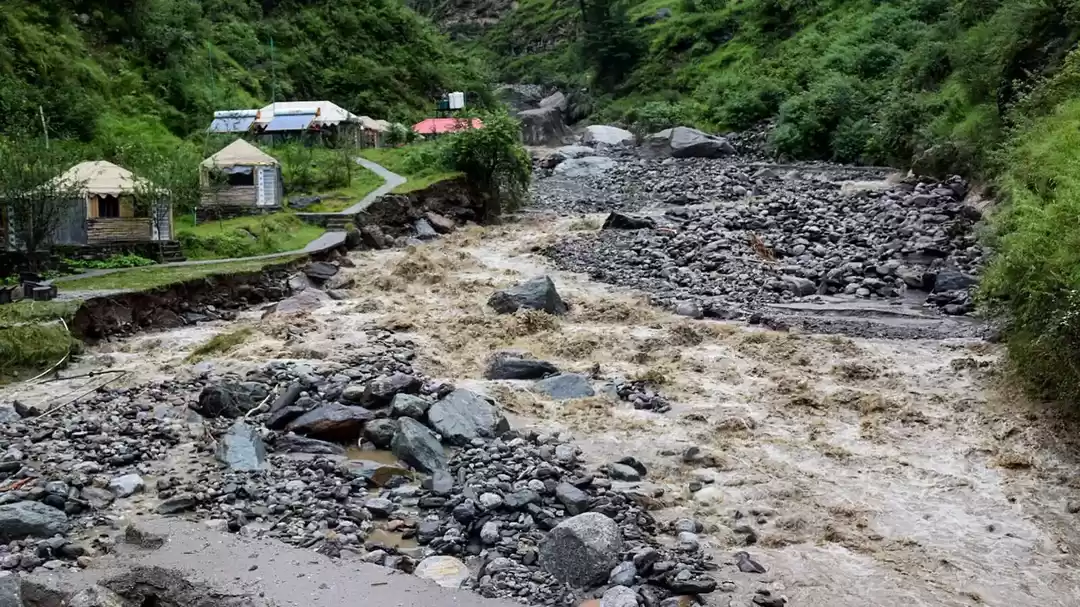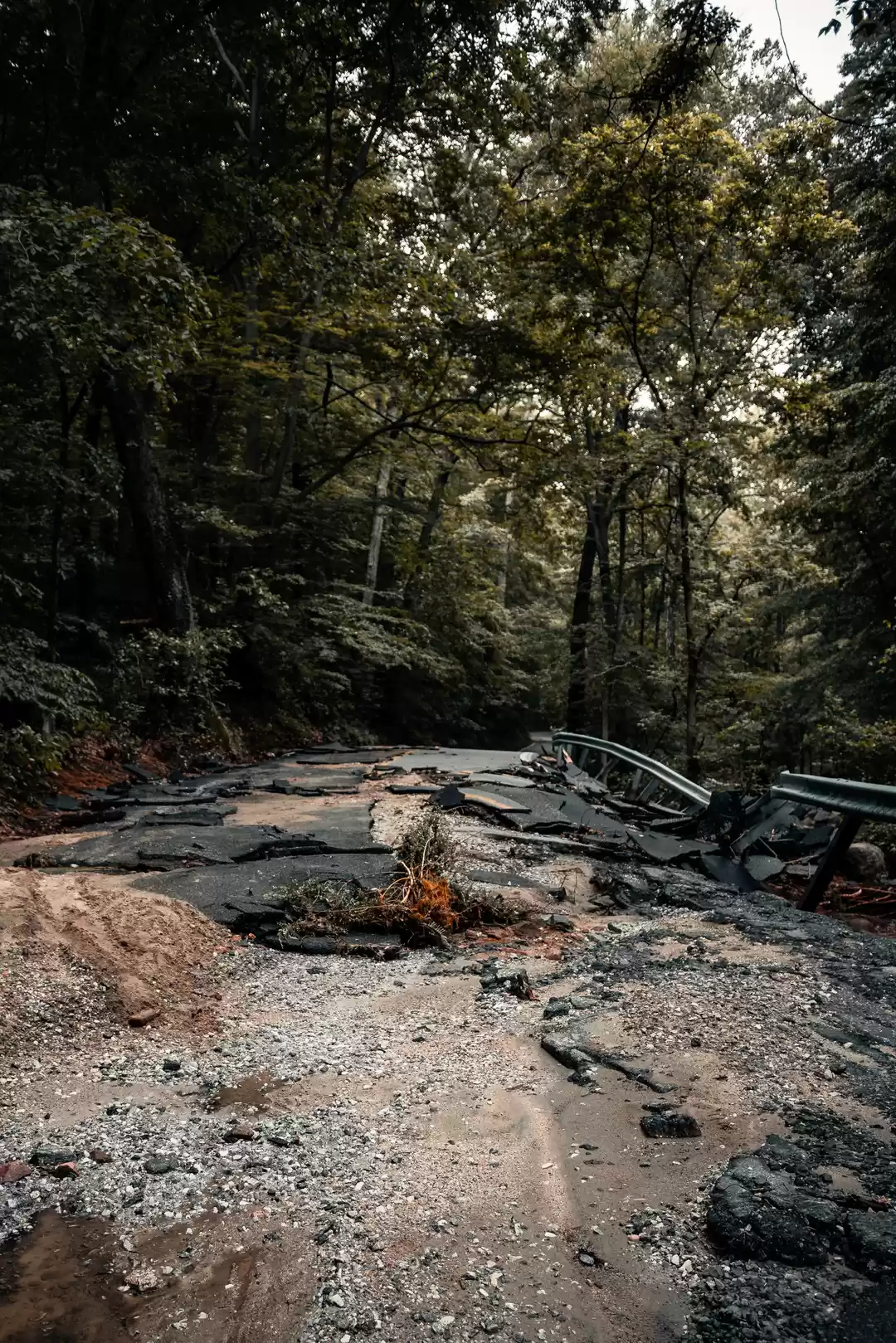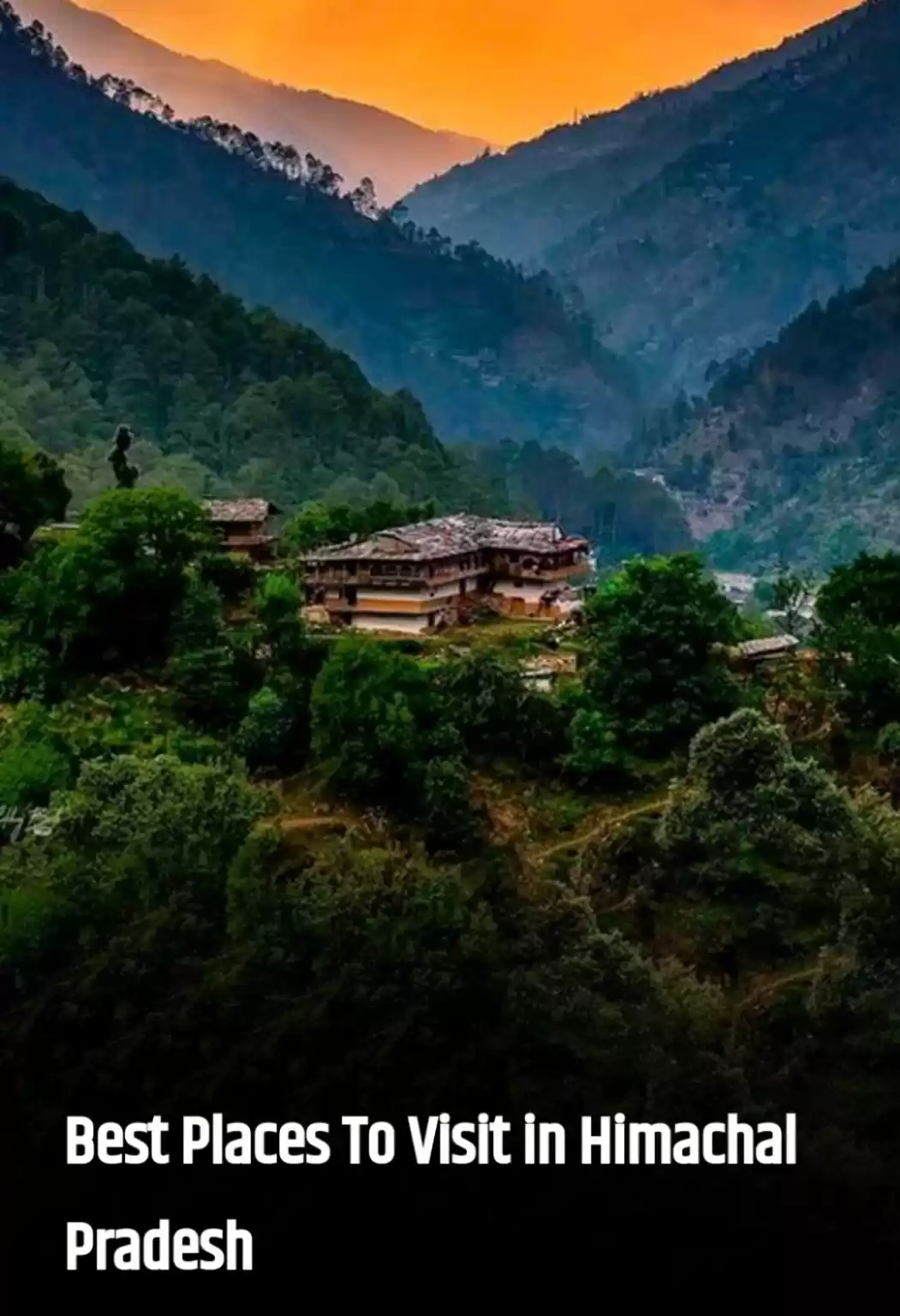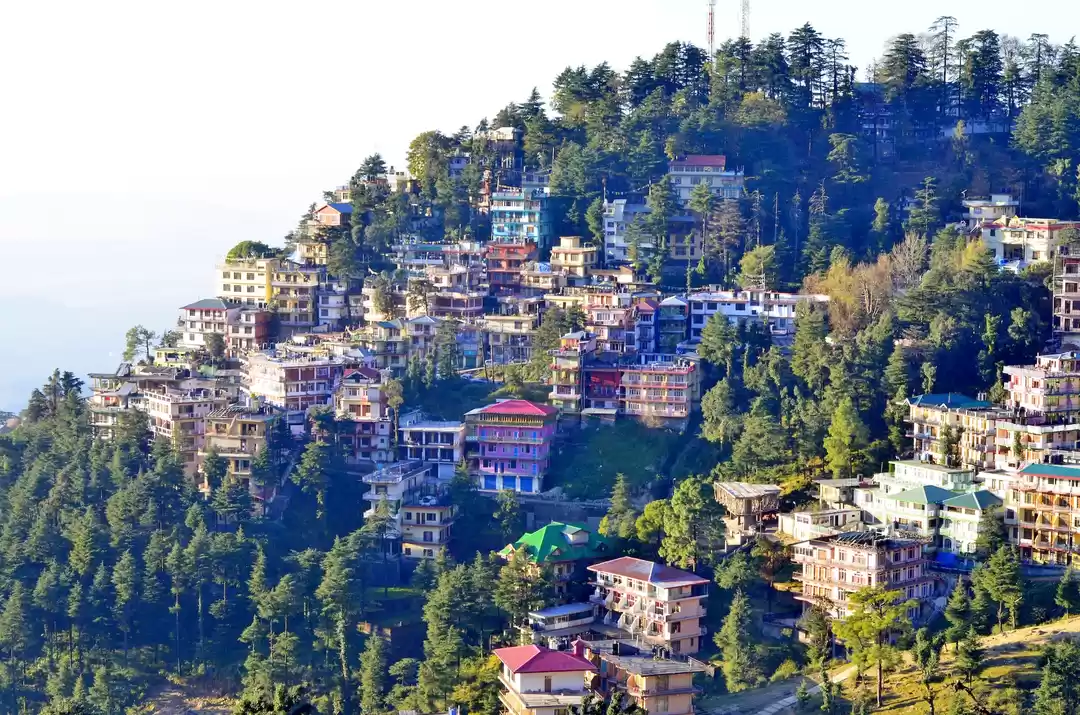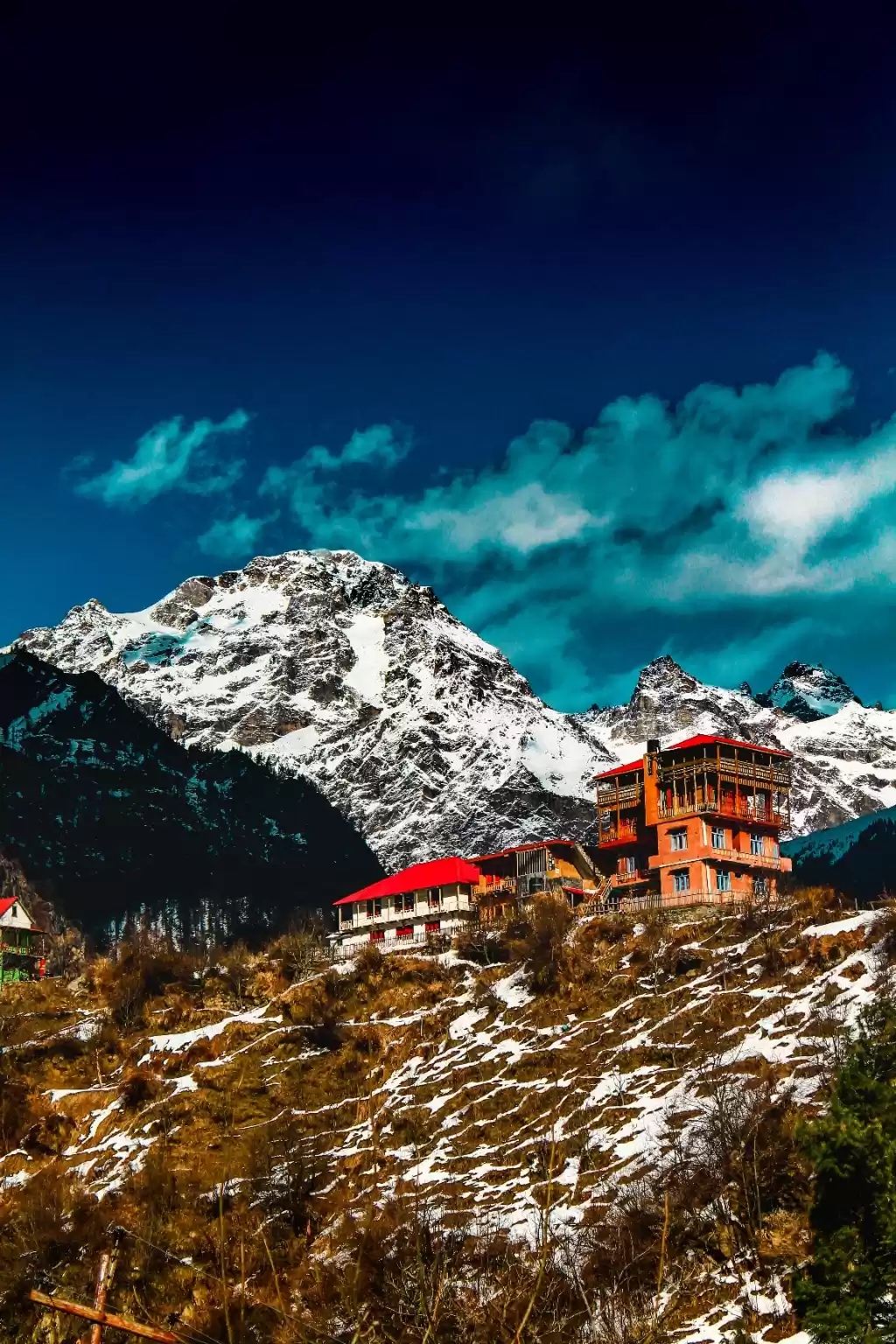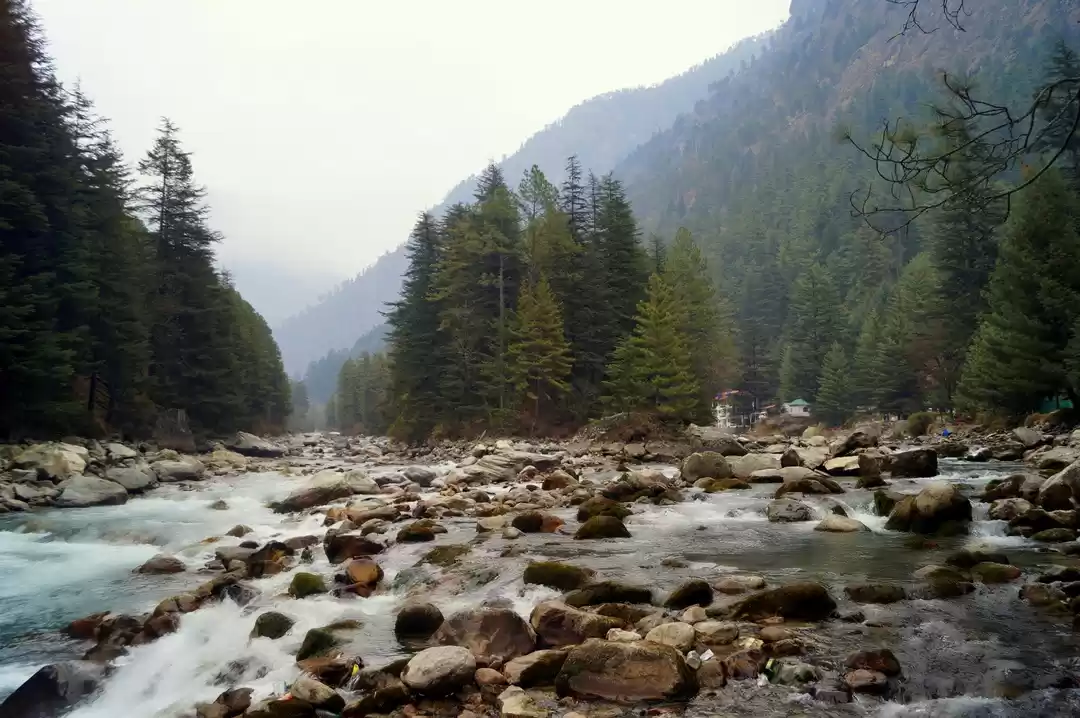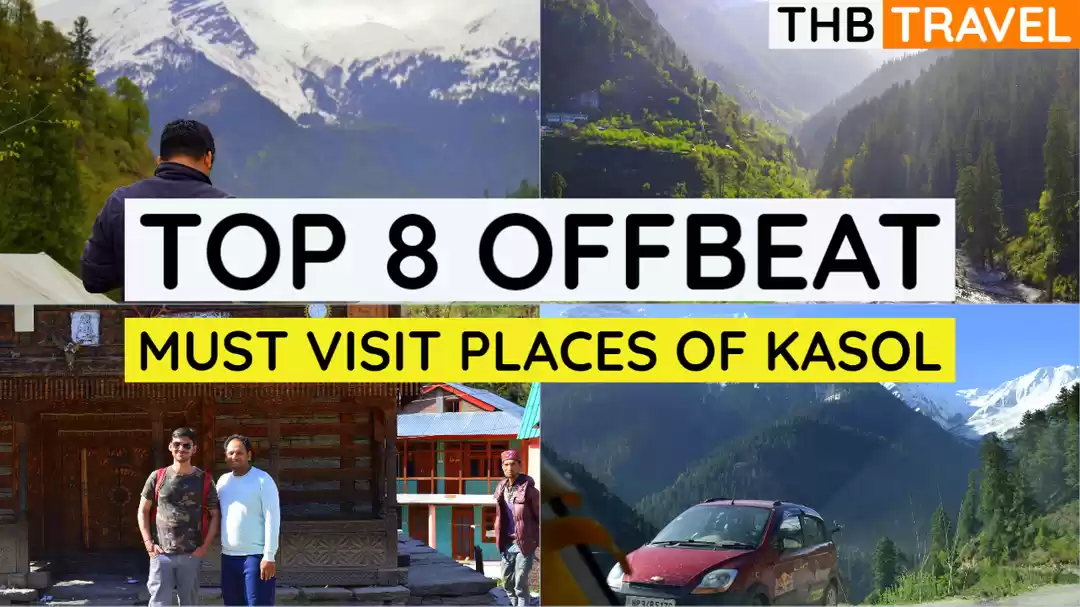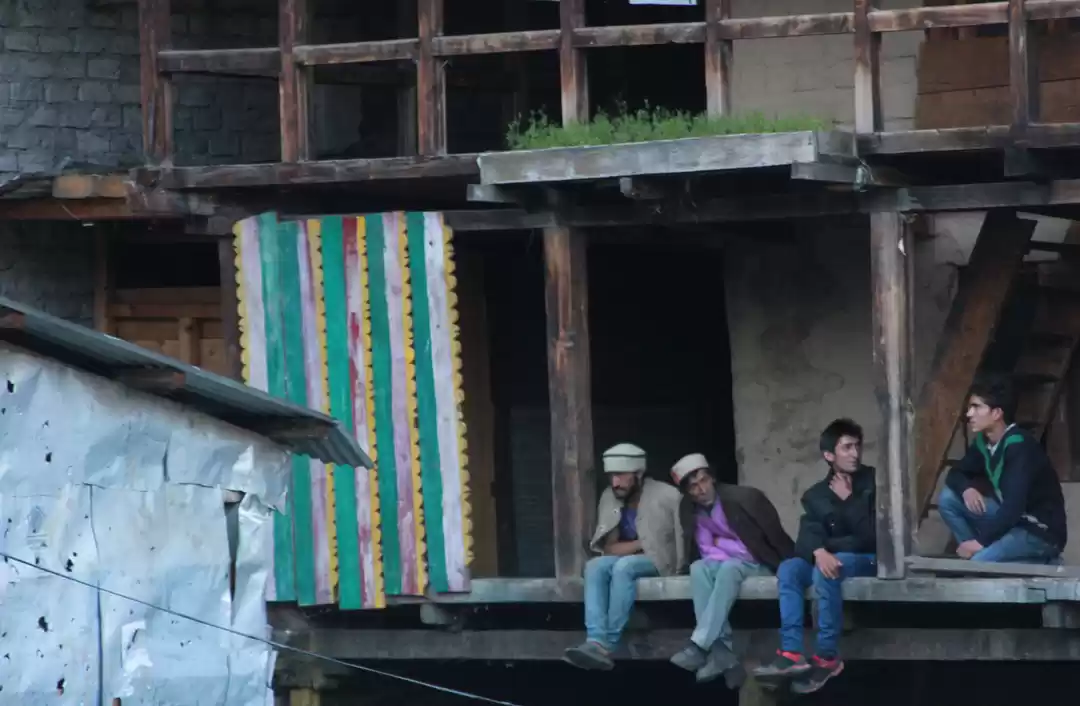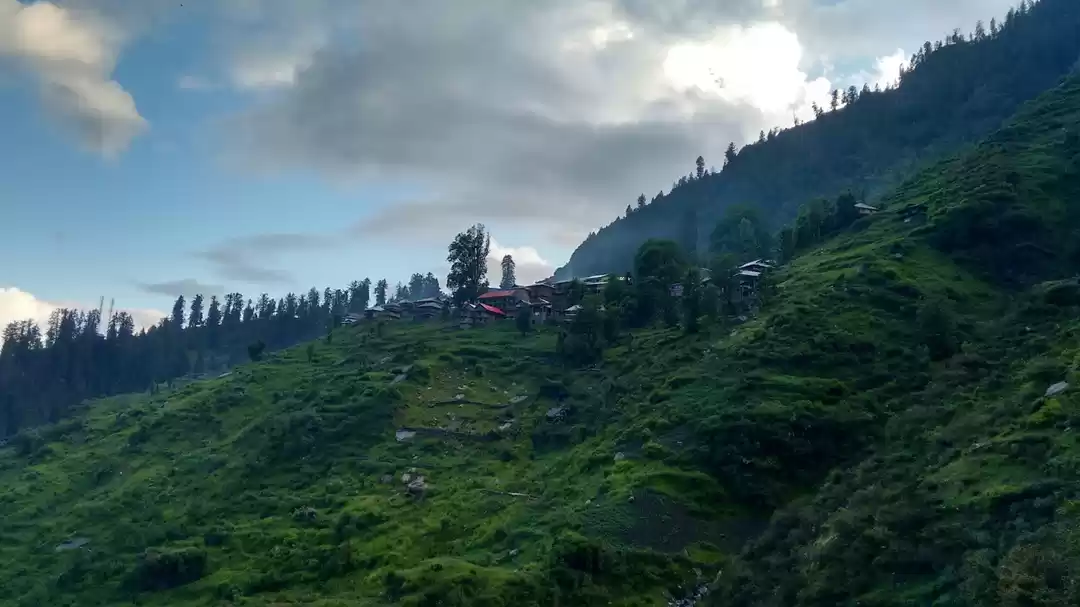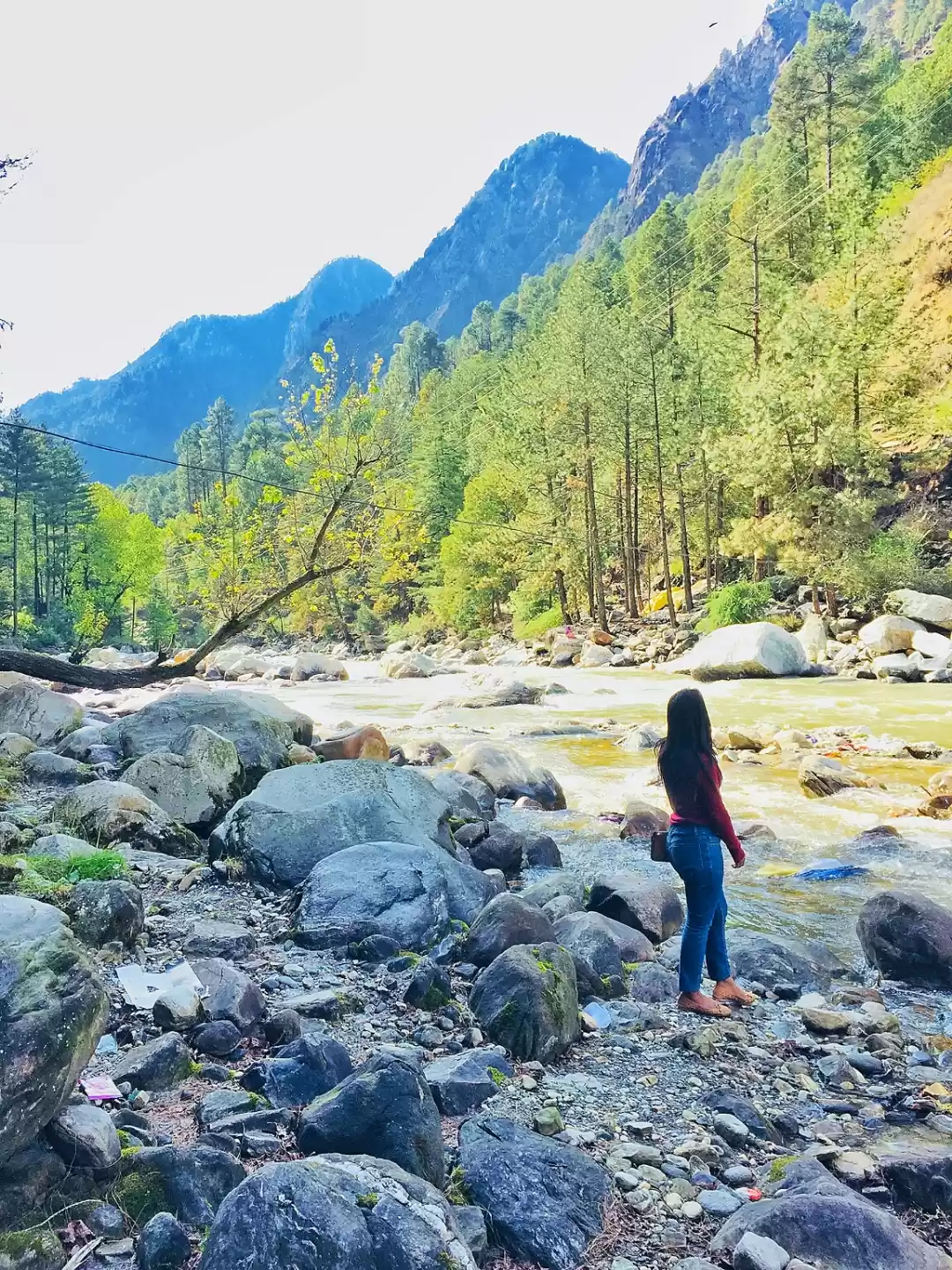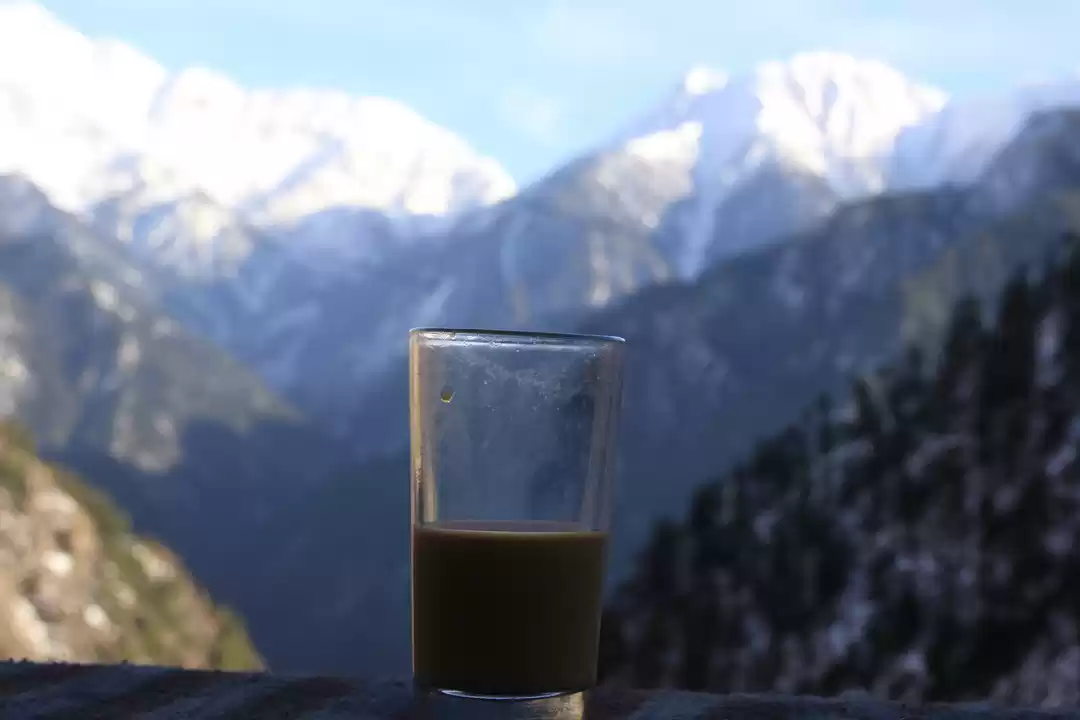Tracing the 'One Love' culture of the Parvati Valley to the 1960's.
The existence of the subculture of artistic experimentation and communal living in the Parvati Valley goes back to the days of the Hippie Movement. Locals got introduced to the cordial foreign travelers who spoke to them like friends. They were here to stay, unlike the usual tourists who usually stayed inside secluded resorts and travelled maintaining a certain status quo prevalent in India, yet couldn't be strangers to Malana cream for long.

My introduction to Malana cream
Last year on my trip to Spiti Valley, I was introduced to the history of the hippie movement by a tour guide from Naggar. The man in his 40s was travelling with a group of ladies from New Zealand and after endless introductions, he told me how he first met this Kiwi group as a child in the 70s when they first came to his village. The Kiwi ladies must have been one of the foreigners who found the road to India as an escape and were in a search for an idyllic subculture that would embrace them instantly.
Read more: Hippie Trails Of India That Are Destined To Take You On A Road To Liberation

'Stuff' that dreams are made of.
What got the large group of travellers to the small villages in the Parvati Valley was not just the clean green environs but also a weed, also known as Malana cream, growing wildly in the fields. Locally known as 'Bhaang', the villagers used the seeds for local cuisines and as offerings in the local temples. To the foreign travellers, it was Marijuana and it was back in the sixties when the local villagers of Himachal Pradesh first understood the economical importance of this weed growing wildly all around them.
Read More: Real Village to Malana and Kasol by Shayaan Ahmad Noori

Image Credits: Manish
Fast forward to the 21st century, you can see Malana Cream in the menus of bars, pubs and clubs of Amsterdam.
The quaint village of Malana in the Parvati Valley is now celebrated hub of the world's best Hashish, Malana cream, as they love to call it. There's still no direct bus route from major Indian cities to these small villages in the Parvati Valley but you can see travelers getting off the buses at Bhuntar and taking private taxis and local buses for the route ahead. Somehow the basic amenities for living have not reached these villages but these town have shot to international fame in the recent years.
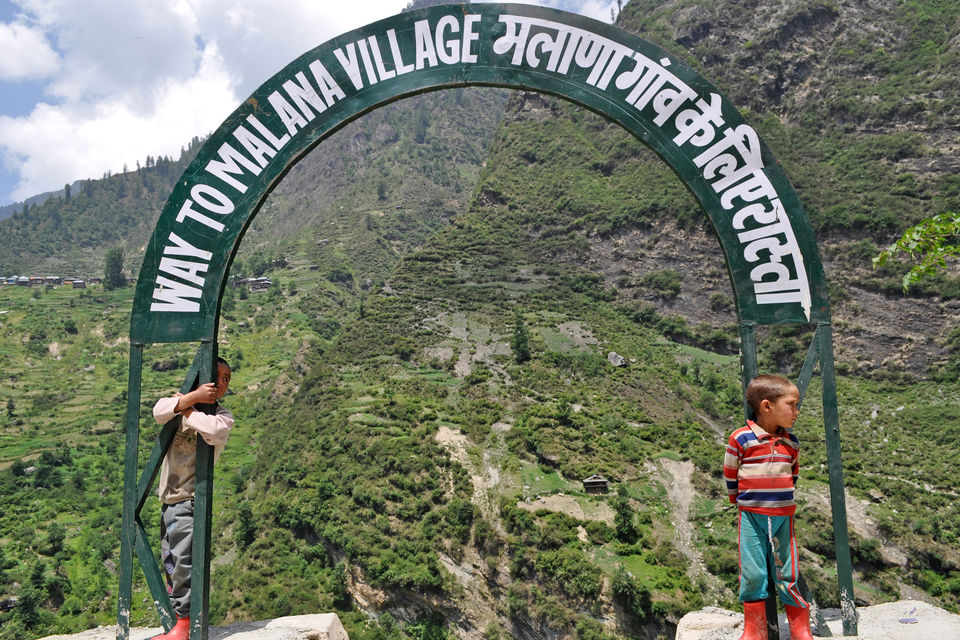
The Black Gold Rush in Kasol
The village of Malana still seems to be stuck in the past with locals barring contact with the outsiders and following a cultural rule ensuring seclusion but the town of Kasol has risen as a tourist hotspot in the recent times. Foreign travellers with long term travel plans join their peers in the valley and stay in huge groups. Israeli youths constitute the majority of this traveller crowd. Infact in some distant villages of the valley, they have outnumbered the locals.

Israeli Breakfast, Hebrew Banners and Cafe Culture
The locals are slowly catching up few hebrew phrases and the banners outside restaurants are now painted in Hebrew. There are more restaurants in Kasol serving Israeli Breakfasts than simple chai shops. European chefs are opening up their small cafes in collaboration with the locals. In fact many tourists are drawn towards the Parvati valley for mere cafehopping than anything else.

Image Credits: Devendra Makkar
Legalization debate and the ongoing street vending
Easy money is slowly seeping in and the drug mafia is the region is growing stronger. But the debate over legalization is nowhere close to any decision. Now apart from the villages of Parvati Valley, even the towns in Sirmour, Chamba and Shimla district have their stronghold in the drug trade.
Meanwhile, if you are hunting for 'stuff' in Kasol, you'd be surprised by the easy availability of Hashish and Ganja (Marijuana). People buy it over a cup of coffee inside the cafes lined along the street and in some hotels the owners serve a warm cup of tea along with a 't' to the guests. Old village women carrying malana cream wait for the trekkers along famous trek routes in Parvati Valley. People manage huge bargains and all of this happens in an amicable process without a hint of illegality.

Image Credits: Travelling Slacker
It's a small valley that has established itself on every traveller's map. For one reason or the other, Parvati Valley is our own Amsterdam in the lap of Himalayas. The valley screams of a culture of communal living and peace, embracing every traveller with love, who reaches here taking a rickety ride on the road along the Parvati River.
Do you have a story from the valley, or your encounter with Malana cream? Share it with us.
Frequent Searches Leading To This Page:-
malana cream price in delhi, malana cream price in kasol, malana cream cost, malana cream disadvantages













